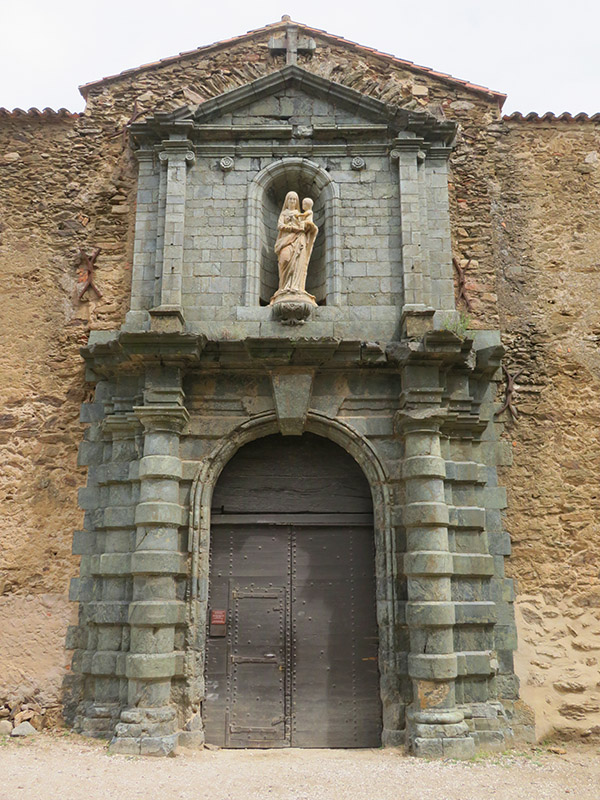 Thursday morning, we enjoyed one of the best buffets of our entire trip. We had the choice of fresh croissants, pudding cake, lemon coffee cake, pear coffee cake, freshly made yogurts, cheeses, mini crepes, and twenty different kinds of tea. When we asked if the eggs had come from their chickens the woman said, no, they were still too young, but the warm hard-boiled egg I had, came from a local farm.
Thursday morning, we enjoyed one of the best buffets of our entire trip. We had the choice of fresh croissants, pudding cake, lemon coffee cake, pear coffee cake, freshly made yogurts, cheeses, mini crepes, and twenty different kinds of tea. When we asked if the eggs had come from their chickens the woman said, no, they were still too young, but the warm hard-boiled egg I had, came from a local farm.
That morning, we drove north into the hillside to visit the monastery of Verne, a majestic 12th century, honeyed stone Carthusian institution founded in 1170. It has been fully restored and we could see its castle-like rambling stalwart buildings as we drove closer and closer winding up the mountain. At one point, a sign said that unless one is physically hampered, one must park and walk the last 600 meters. We decided that my aching knees would qualify, and I’m glad we drove instead, because when we got there and read the front door, it announced that it was closed for Assumption Day! So we took a few pictures and then left.
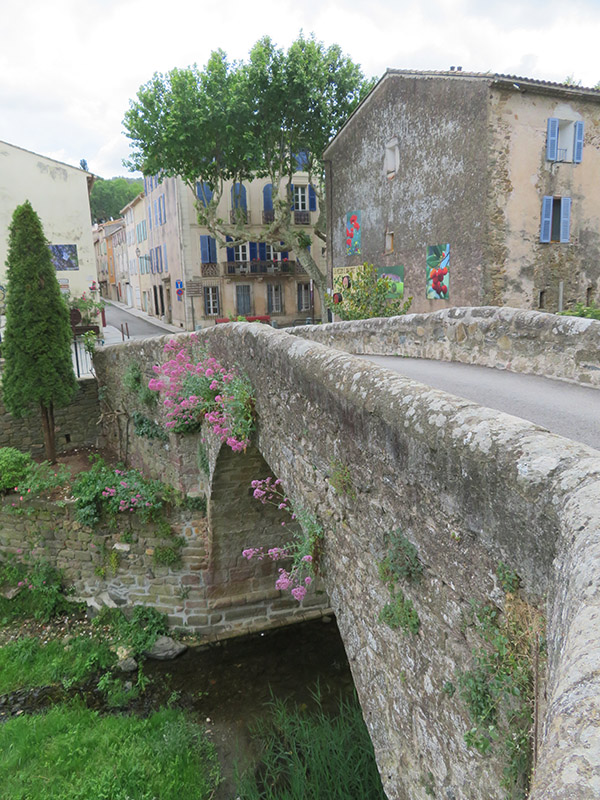 We continued our drive to the village of Collobrières, located in a forest that is best known for its chestnuts. We crossed the single-lane 11th century stone bridge and found a parking spot. It wasn’t presently raining, but we took our umbrellas just in case, as the weather predicted rain.
We continued our drive to the village of Collobrières, located in a forest that is best known for its chestnuts. We crossed the single-lane 11th century stone bridge and found a parking spot. It wasn’t presently raining, but we took our umbrellas just in case, as the weather predicted rain.
We went to the largest shop they had. In it was everything from chestnut puree (crème d’marone) to chestnut liqueur (how could we not get both), to chestnut nutcrackers made from chestnut wood that screwed down to crush the chestnut shell.
There were jams and jellies from local fruits, an assortment of herb honeys, and they had pate d’canard (duck pate) which is Vere’s favorite and not available in the US. It’s canned, but that is the only way we would be able to get it through customs. We also purchased some chestnut puree, locally made nougat and a tourist magnet.
 We walked about the small village and then decided to have lunch. The hotel on the main street had the best menu, but they were booked with reservations, so we walked to a side street and found a smaller restaurant, the Cote Resto Les Olivades, that suited us just fine.
We walked about the small village and then decided to have lunch. The hotel on the main street had the best menu, but they were booked with reservations, so we walked to a side street and found a smaller restaurant, the Cote Resto Les Olivades, that suited us just fine.
When the waitress went to fetch our bread, she went to a counter near us to cut it with the same antique bread cutter we had seen in the kitchen of the Chateau d’Ansouis.
We had chicken with black garlic, vegetables, and baby potatoes. The chicken came with a delicious chicken sauce with chestnut puree. Perfect. We opted for dessert, as wouldn’t you know, they had a dessert with crème d’marone. It was a finger-long puff-pastry filled with a mixture of chestnut puree and whipped cream, which I ordered. And Vere ordered a tall soda glass half-filled with raspberry and whipped cream mouse, topped with whipped cream and a raspberry. Both were a treat.
Half an hour away was the Chapelle Sainte-Roseline, which was right next to the Saint-Roseline Chateau Winery. Hard to know which was hoping the other would bring more tourists, a saint, or a heavenly wine. The chapel had an over-the-top golden swirl of a Baroque main altar, but the chapel is best known for its 1975 large wall mosaic by Marc Chagall. The chapel is 13th century Romanesque, and contains a crystal shrine (more of a glass sarcophagus) that holds Saint Roseline, a Carthusian Nun and Mother Superior, in all her black shriven glory with her face, hands and feet showing from out of her white habit with a black headpiece. Born locally in 1263 and dead by 1329, she is known for having seen visions and repelling devils. The miracle that made her a saint was that she changed bread into roses. The perfect gift for the starving locals. Let them eat rose petals. Not much to them, and about as frivolous as cake. The picture of her is a little blurred due to the distance from her that Vere had to take the photo.
Another half hour away was the Abbaye de Thoronet. Known as one of three sister Cistercian abbeys, built between 1160 and 1190, it is a master of grand sacred architecture having the simplest of interior and exterior designs. This has become a major tourist sight with audio guides and walkways to show how the monks lived. It’s quite large and took us over an hour to see all aspects of its building. Once through the gate, we crossed under several stone archways, along a cloister walkway, paused to see the lavabo (fountain to wash at), then stepped into the center of the cloister where there was a pomegranate tree with fruit.
We continued through to see the prayer room, chapter house, the church and plain high altar, sleeping quarters, meeting house, outer courtyard, fountains, cellars, library, cemetery in the back, and by the smell of it, a sheep pasture. The last of the remaining six monks left in 1791. Then we stepped out to see the side courtyards and around the building. Of course, there was a large gift shop. We bought a book about the place, and a CD that had been produced for modern listeners of original music which they claim the Templars had written. Then we drove back to Aix in heavy rain.
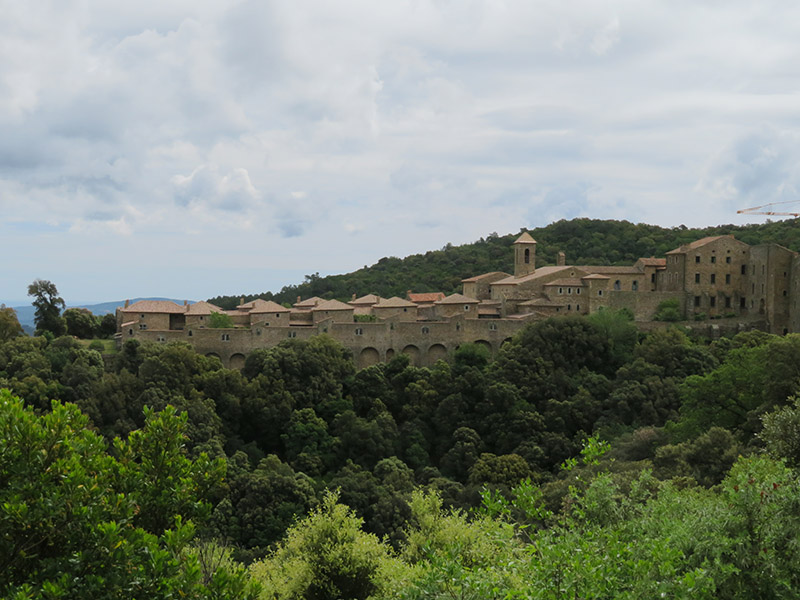
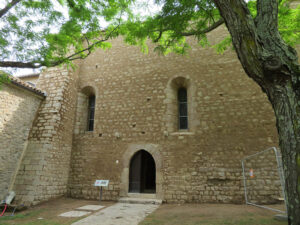
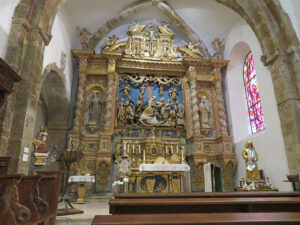
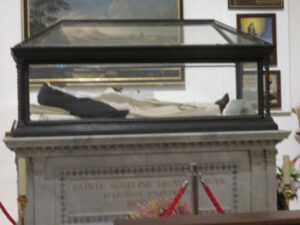
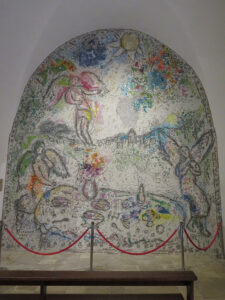
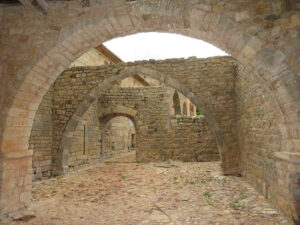
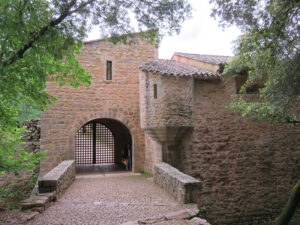
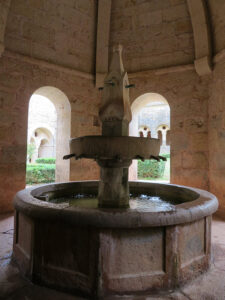
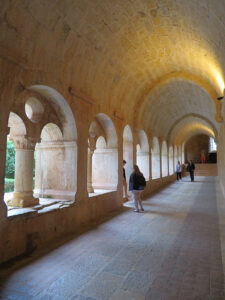
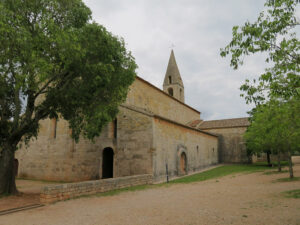
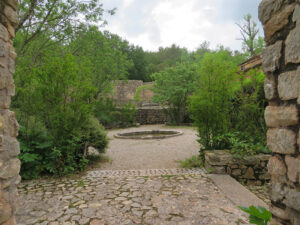
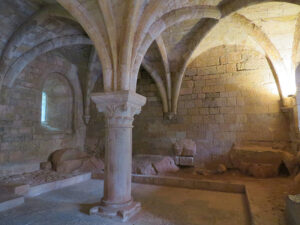
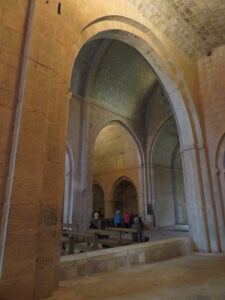
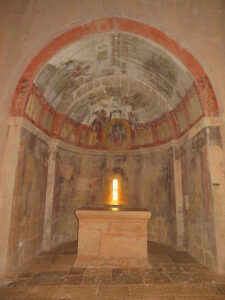
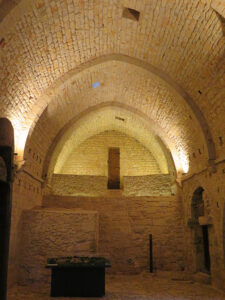
 The official website of Lita-Luise Chappell, writer on sex, magic, food, distant lands, and everyday life with articles, poetry, novels, travelogues, rituals, cookbooks, and short-stories.
The official website of Lita-Luise Chappell, writer on sex, magic, food, distant lands, and everyday life with articles, poetry, novels, travelogues, rituals, cookbooks, and short-stories.
